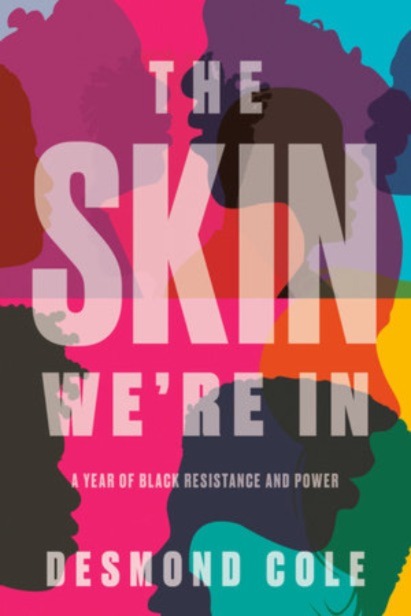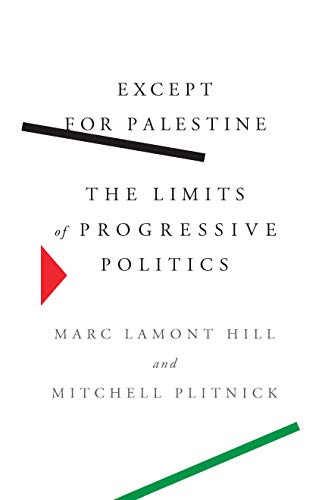“Prisons Make Us Safer” and 20 Other Myths About Mass Incarceration, Victoria Law, Beacon Press, 2021, pp. 227, ISBN: 978-0-8070-2952-7
“Though it has only 5 percent of the world’s population, with 2.2 million people in jails and prisons, it has nearly 25 percent of the world’s prisoners,” Victoria Law, a freelance journalist, editor and author, reminds the reader of the scale of mass incarceration in the United States at the beginning of her accessible demystification of views that justify and fuel it. This number is almost four times higher than it was only 40 years ago. Out of those 2.2 million people, African Americans and Latinx people are disproportionately represented among the imprisoned population; the sort of injustice which Ruth Wilson Gilmore and Michelle Alexander described in their The Golden Gulag and The New Jim Crow, respectively. A combination of “tough on crime” policies, war on drugs, and the media representations of crime have ensured that any nominal gains during the Civil Rights era have been reversed. Through the criminal legal system, the oppressive racial caste hierarchy in the US has simply been redesigned from overt discrimination to subtle relegation of certain racial categories to the status of second-class citizens. The subtlety in this transition is reflected in the widespread acceptance of the current predicament as morally justified due to it being rooted in the supposedly objective nature of the Law.
On the other hand, consciousness about the carceral nature of neoliberal capitalism has increased, helped by popular movies and TV shows detailing the travails of the wrongly accused. Although taking a clear abolitionist stance, Law is careful to analyze some of the wrong assumptions underpinning views of those seeking to reform the criminal legal system. Notably, the belief that private prison corporations and cheap prison labour drive mass incarceration. As Law shows, privately run prisons hold between 8 and 8.5 percent of the US prison population, while over 90 percent of prisons are owned and operated by various levels of the government. These corporations merely capitalized on the failed public policies that ballooned the prison and jail population, such as the failed deinstitutionalization of people needing mental healthcare without simultaneously being provided access to it. Public pressure by activists to divest from these institutions has led to closures of private prisons throughout the US, resulting in prisoners being transferred to different, publicly owned jails, where the living conditions are just as abhorrent. Law’s correspondents detail unhygienic conditions, lack of supplies, overcrowdedness, among other impediments to their wellbeing. While incarcerated, only a tiny minority, “less than 1 percent of these 2.3 million people,” work for private corporations which pay criminally low hourly wages, more often than not measured in cents rather than dollars. The profit motive of private prisons and those companies employing prison labour does not explain the existence of mass incarceration in the US.
Supporters of prisons and jails tend to rely on them being a morally justified consequence of a person’s wrongdoing. They are often viewed as places of rehabilitation, despite the lack of programs aimed at supporting the wrongdoer’s process of resocialization. Besides, knowing that incarceration always follows a crime, what is the wrongdoer rehabilitated to if the society which produced the individual remains unchanged? Instead of bearing responsibility for individual actions, the wrongdoer becomes a scapegoat of an unequal society, ensuring that power and class are continually reproduced and unchallenged. The socially marginalized and deprived are made to bear the brunt of criminalization and are punished for who they are, which is determined by the objective social relations they enter into in relation to the process of capitalist production and accumulation.
The idea that the threat of jail would dissuade the wrongdoer from committing a crime is equally erroneous and a way of deflecting arguments about systemic injustices. As Law shows through her interviews and correspondence with inmates, the threat of punishment is not factored in in the commission of a crime. Moreover, the criminal legal system prevents individuals from taking responsibility for their actions, nor does it help victims of the crime and those affected by it heal. Parole denials are frequent and focus on the nature of the crime instead of the person’s actions while imprisoned. Law notes the case of John MacKenzie, who spent forty-one years in various New York prisons, where he earned three degrees, participated in prison programs and secured a memorial fund for victims to speak directly to prisoners about the impact of their crimes. After having been denied parole ten times, he died by suicide, aged seventy. Imprisonment as punishment does not inspire penitence, as Quakers imagined when creating the first penitentiary in Philadelphia in 1773. Instead, it amounts to torture and agony.
As Law correctly points out, it would be wrong to assume that inmates don’t organize against this brutality. Perhaps the most famous act of rebellion came with the Attica prison uprising in 1971 when approximately half of the prison’s population organized and took control of the prison and held 42 staff hostage for four days. They formulated their 27 demands around demands for better living conditions and political rights, which had far-reaching consequences on the prison system in the state of New York after most of them were agreed to by the authorities. Law points out to other acts of organized resistance in immigrant detention centers and women jails to show that prison resistance and organizing takes many forms, even though it often goes unnoticed by the public. After all, prisons are designed to keep people and information within themselves.
As of late, the idea of prison reform began reaching the highest levels of government. Joe Biden made it a promise in his latest presidential campaign, while in 2014, Obama launched his My Brother’s Keeper initiative “to address persistent opportunity gaps facing boys and young men of colour and to ensure all youth can reach their full potential.” As Law poignantly reveals in her book through her careful feminist analysis, the problem of mass incarceration tends to be framed as mainly affecting cis-gendered males. These initiatives and interventions “ignore the fact that, since 1980, women’s incarceration has grown at twice the rate of men’s.” Similarly, gender non-conforming and trans-people have been forced to be in prisons of their sex assigned at birth where they experience sexual and physical violence, with few possibilities for redress.
Penal systems focus on retribution which dehumanizes the wrongdoer and treats them as disposable to society due to the nature of the wrong they committed. They are cast away by others who fear them, leaving them at the mercy of the system that merely exacerbates their misery. The wrongdoer, even if they leave the prison, face an uphill battle to lead a steady life. They have difficulties finding employment, volunteering and reintegrating into their communities. This is what Law sees as the challenge abolitionists must address. Her focus is on turning retributive justice into transformative justice, which aims “not just to address the needs and obligations required to begin the healing process but also to transform the conditions that generated and enabled the harm.” By focusing work on both the person who committed the harm and the people who were harmed, transformative justice interventions can build the capacity of communities to intervene and prevent future violence and disintegration. Community accountability and community-based approaches to justice are specific to the members of each community and can differ between communities. This approach to justice could, in turn, lead to a decrease in policing and criminalization and an increase in solidarity and mutual aid, which form the bedrock of strong societies.
In “Prisons Make Us Safer,” Law rescues those who “have fallen prey to the myths of mass incarceration.” Her accessible abolitionist primer points the way for further reading, understanding and research into the systemic injustices that are the driving force behind the continued increase in the US prison population and all its attendant misery.




